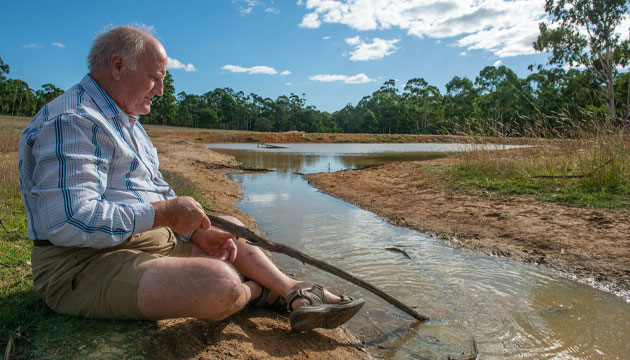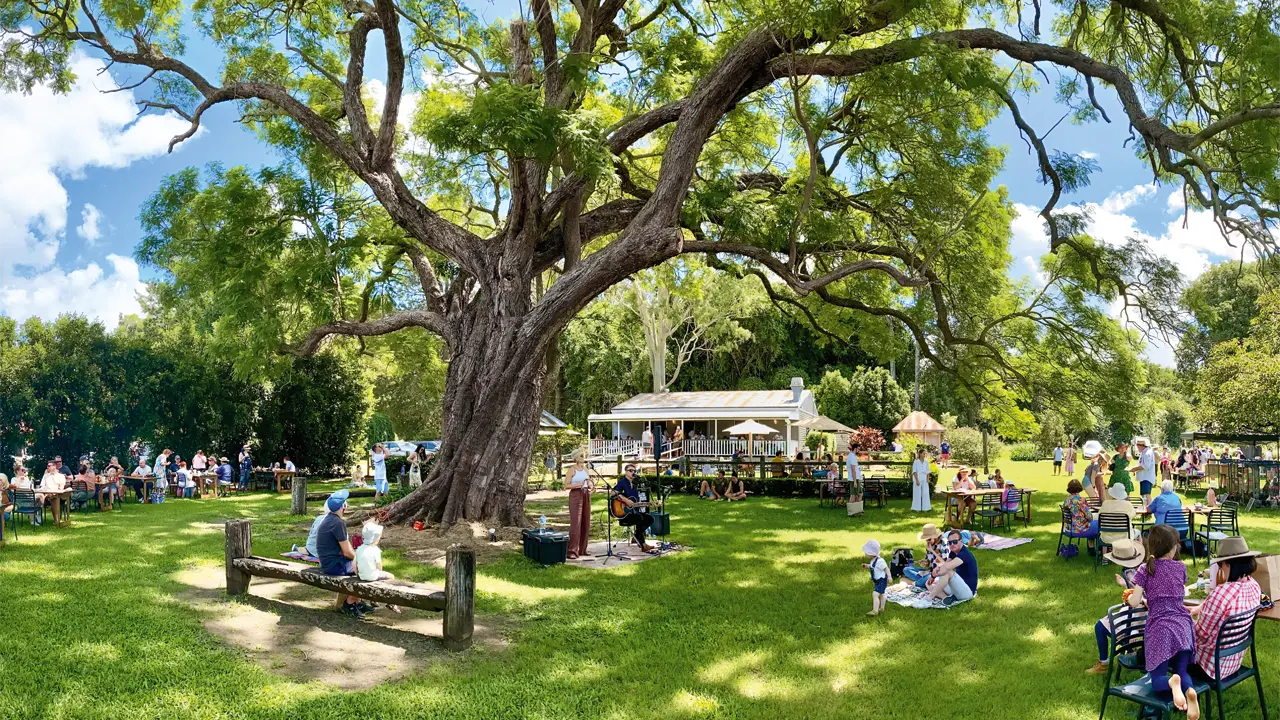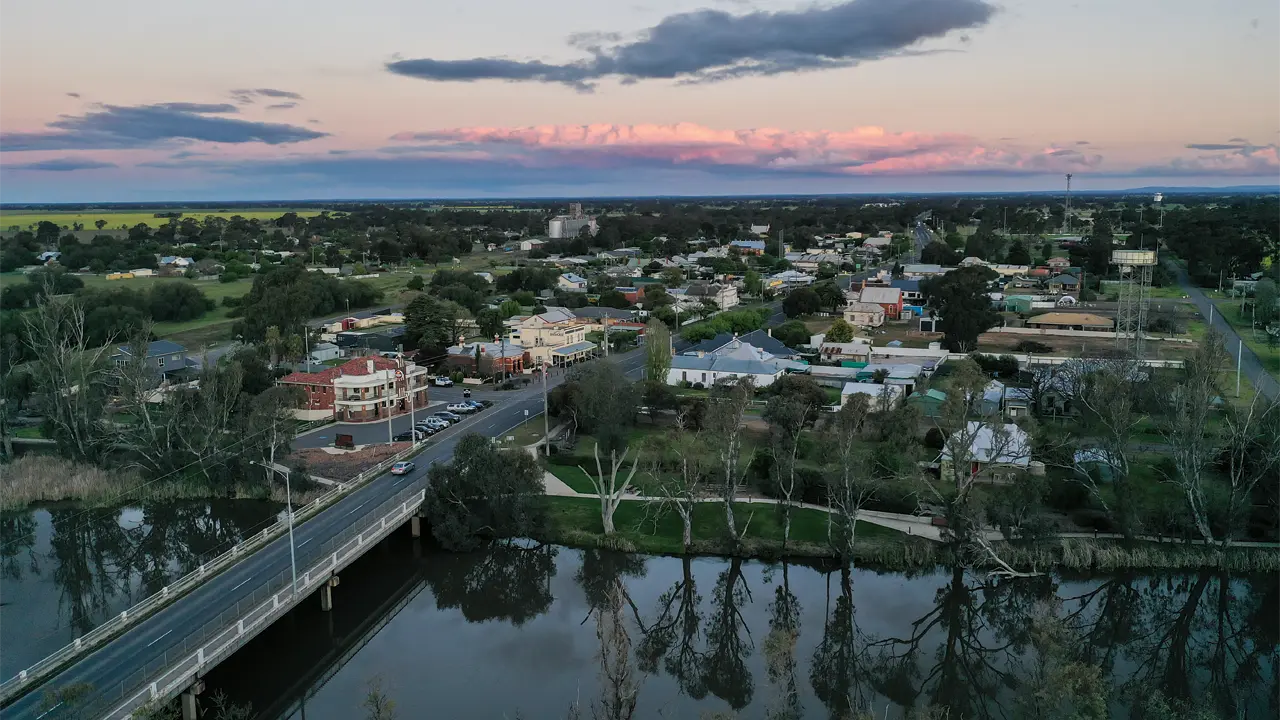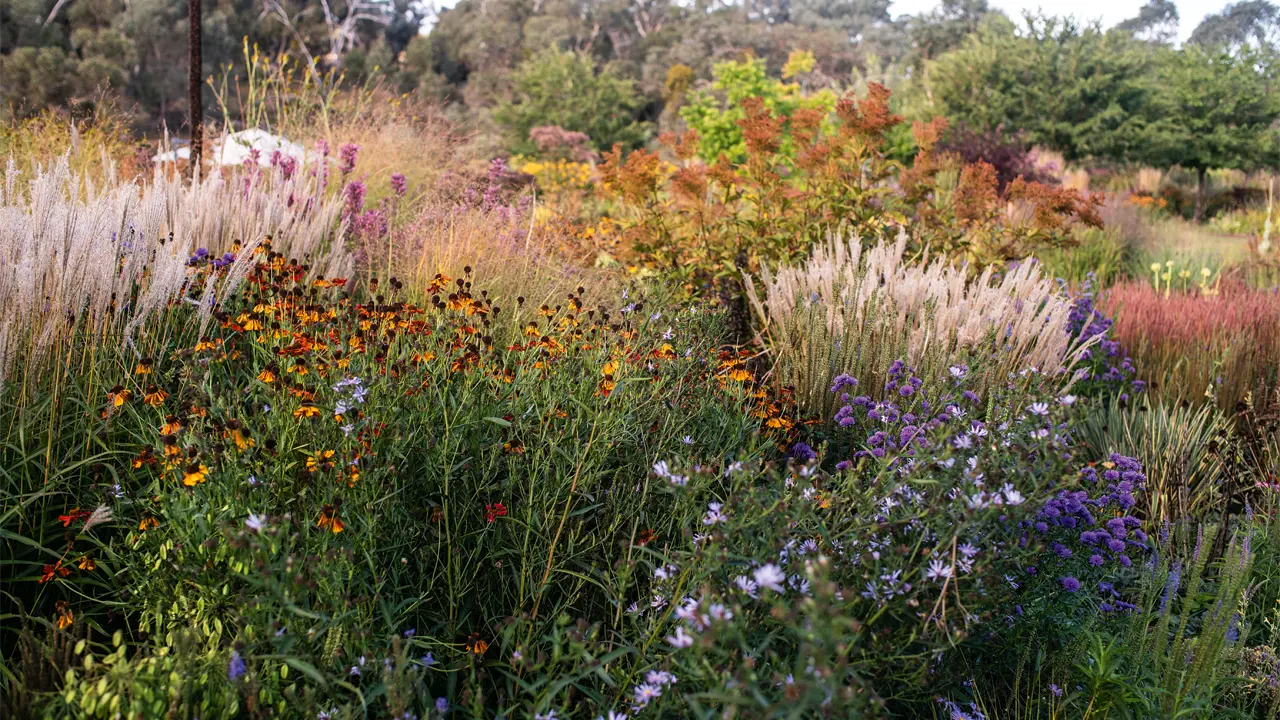For over half a century, Peter Andrews has been restoring agricultural landscapes with his unusual methods, including the prolific use of weeds.
Story + Photos Ken Eastwood
When Peter Andrews wakes each morning he puts his lips to a whisky bottle and drinks the lot. The bottle, however, is filled with water. “I can’t drink water out of a cup for some reason, but I can drink it out of a Scotch bottle,” he says. During the rest of the day Peter will barely drink at all – something he attributes to growing up on a sheep station at Broken Hill, where his dad told him not to drink too much, so as not to lose too many electrolytes. “He said if I was thirsty to just suck on a pebble.”
There is very little conventional about the way Peter deals with water. A controversial, award-winning landscape restorer, he has been mocked for “making water run uphill”. He loves prolific weeds, such as willow trees, blackberries and thistles, and is convinced his proven methods could solve all of Australia’s landscape issues, including drought management, floods, salinity and climate extremes. “I don’t think so, I absolutely know,” Peter says.
In order to quickly restore a landscape, Peter often uses channels dug across the land’s contours to slow water flow and divert it sideways. “Plants created the pattern of creeks flowing higher than the surrounding land, which is the opposite of what Europeans thought,” he says. “The Australian landscape was a series of these things, with a delta, a reed bed and a pond. Plants made the planet inhabitable and offer the solution.”
Yet, despite his 2011 Order of Australia medal, Peter has struggled to have his ideas widely adopted. Through countless setbacks and personal tragedies he has obsessively continued trying to convince anyone to use his methods on a small or large scale, and watch the water and fertility return. “I’m attempting to deliver a really important message,” the 79 year old says. “It’s worth tens of billions of dollars.”
This story excerpt is from Issue #125
Outback Magazine: June/July 2019










